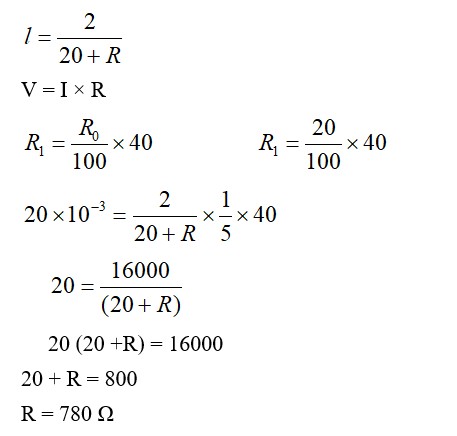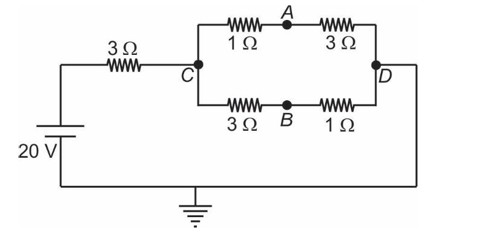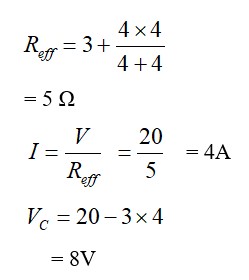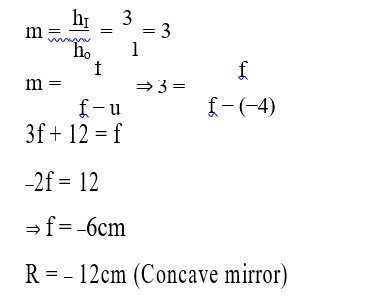The equivalent resistance of series combination of two resistors is 's'. When they are connected in parallel, the equivalent resistance is 'p'. If s = np, then the minimum value for n is .............. (Round off to the Nearest Integer)
The equivalent resistance of series combination of two resistors is 's'. When they are connected in parallel, the equivalent resistance is 'p'. If s = np, then the minimum value for n is .............. (Round off to the Nearest Integer)
-
1 Answer
-
For series combination: s = R? + R?
For parallel combination: p = (R? ) / (R? + R? )
Given the condition s = np:
R? + R? = n * (R? ) / (R? + R? )
(R? + R? )² = nR? R?
R? ² + 2R? R? + R? ² = nR? R?
R? ² - 2R? R? + R? ² + 4R? R? = nR? R?
(R? - R? )² = (n - 4)R?
(R? - R? )² / (R? ) = n - 4
n = 4 + (R? - R? )² / (R? )Since (R? - R? )² is always non-negative, the minimum value of the term (R? - R? )² / (R? ) is 0. This occurs when R? = R?
Therefore, the minimum value of n is 4.
Taking an Exam? Selecting a College?
Get authentic answers from experts, students and alumni that you won't find anywhere else
Sign Up on ShikshaOn Shiksha, get access to
- 65k Colleges
- 1.2k Exams
- 679k Reviews
- 1800k Answers





